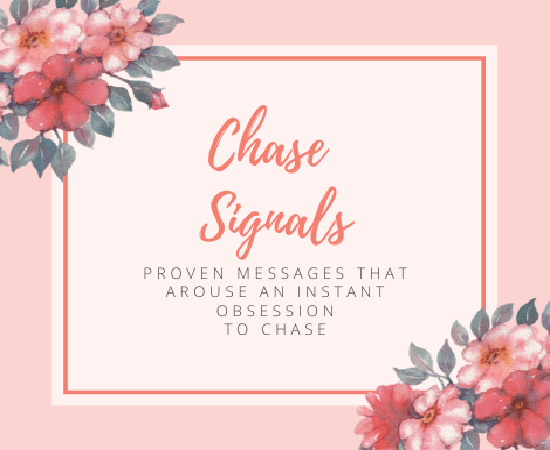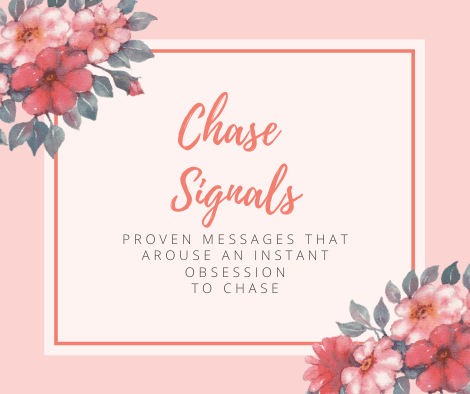Unveiling the Mystery: Understanding Chase Signals
Have you ever wished you could understand the complexities of human behavior better? Perhaps you’ve found yourself pondering questions like “How to read a man” or “how to read a man like a book“? Learning how to interpret subtle cues can provide valuable insights into someone’s thoughts and feelings. In this article, we delve into the realm of “chase signals” and explore how they can offer a window into the mind of a man.
The Benefits of Decoding Chase Signals
Mastering the skill of deciphering chase signals can revolutionize your interactions with others, especially in the realm of romantic relationships. By understanding How to read a man‘s eyes or interpret his body language, you gain a powerful tool for navigating social dynamics. These signals can reveal hidden desires, emotions, and intentions, empowering you to communicate more effectively.
Decoding chase signals: A Closer Look
chase signals are subtle hints and cues that individuals send to express interest or attraction. These signals can manifest in various forms, such as prolonged eye contact, subtle touches, or mirroring behavior. By paying attention to these cues, you can gain valuable insights into a person’s feelings and motivations.
Key Signs to Watch For:
1. Eye Contact: The eyes are often referred to as the windows to the soul. Pay attention to prolonged eye contact, dilated pupils, or frequent glances in your direction.
2. Body Language: Notice if the person mirrors your movements or leans in when you speak. These subtle cues indicate a sense of connection and interest.
3. Verbal Cues: Listen for cues in the conversation, such as compliments, personal disclosures, or future-oriented statements. These signals can reveal underlying emotions.
Frequently Asked Questions
1. How can I differentiate between friendly gestures and genuine chase signals?
While interpreting chase signals, context plays a crucial role. Pay attention to clusters of behaviors rather than isolated incidents. Genuine chase signals are often accompanied by consistent patterns of behavior that indicate a deeper level of interest.
2. Are chase signals always accurate indicators of someone’s feelings?
It’s important to remember that chase signals are not foolproof and can vary based on individual personalities and cultural differences. Use them as a guide rather than a definitive assessment of someone’s emotions.
3. Can chase signals be communicated through text messages?
Absolutely! Texting can also convey chase signals through emojis, response times, and the content of messages. Pay attention to the tone and frequency of communication to gauge interest levels.
4. How can I become more adept at reading chase signals?
Practice is key to improving your ability to interpret chase signals. Observe interactions, read up on body language cues, and trust your intuition. Over time, you’ll develop a keen sense of understanding nonverbal communication.
5. What should I do once I’ve identified positive chase signals?
Once you’ve detected positive chase signals, consider reciprocating them to signal your own interest. Engage in genuine conversations, show appreciation for the other person, and create opportunities for further interaction.
In Conclusion
Understanding chase signals is akin to unlocking a hidden language that can enrich your relationships and interactions. By honing your ability to read subtle cues and gestures, you gain valuable insights into the minds of others. Remember, communication is a two-way street, and being attuned to chase signals allows for a deeper connection. So, next time you find yourself wondering how to read a man’s mind, pay attention to the chase signals he’s sending your way.


